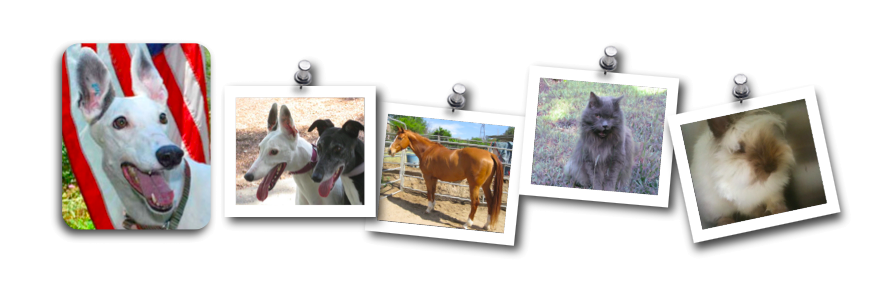There are many reasons that the benefits of
a massage may not be obvious right away.
For example, there may be some
inflammation from an injury or arthritis
causing pain that is still affecting how your
animal moves, even if many benefits were
accomplished. Most pain or movement
issues that we or our animals may want
help with have happened over a number of
days, months and often years. It would be a
lot to expect one or two massages to “fix”
it, although this can happen sometimes.
More often, you should expect noticeable
progress to take two or three massages, or
more, as well as other forms of treatment
such as chiropratic, acupuncture, or medication. Other treatments are often
complementary to massage, and vice versa.
Taking action towards preventing a recurrence of the problem is also
important. This could mean any number of things, such as changing
something about an activity that is causing repetitive stress injuries,
changing nutrition and/or weight, or providing regular maintenance
bodywork to alleviate the stresses that inevitably do accumulate.
Copyright © 2010 All About Animal Massage
7
Of course, if you're not noticing positive effects after two or three sessions,
massage, or that particular style of massage at least, may not be the (only)
solution for your animal's current needs. Meanwhile, you should certainly be
consulting with you veterinarian if there are acute problems such as
lameness, injury or illness.
